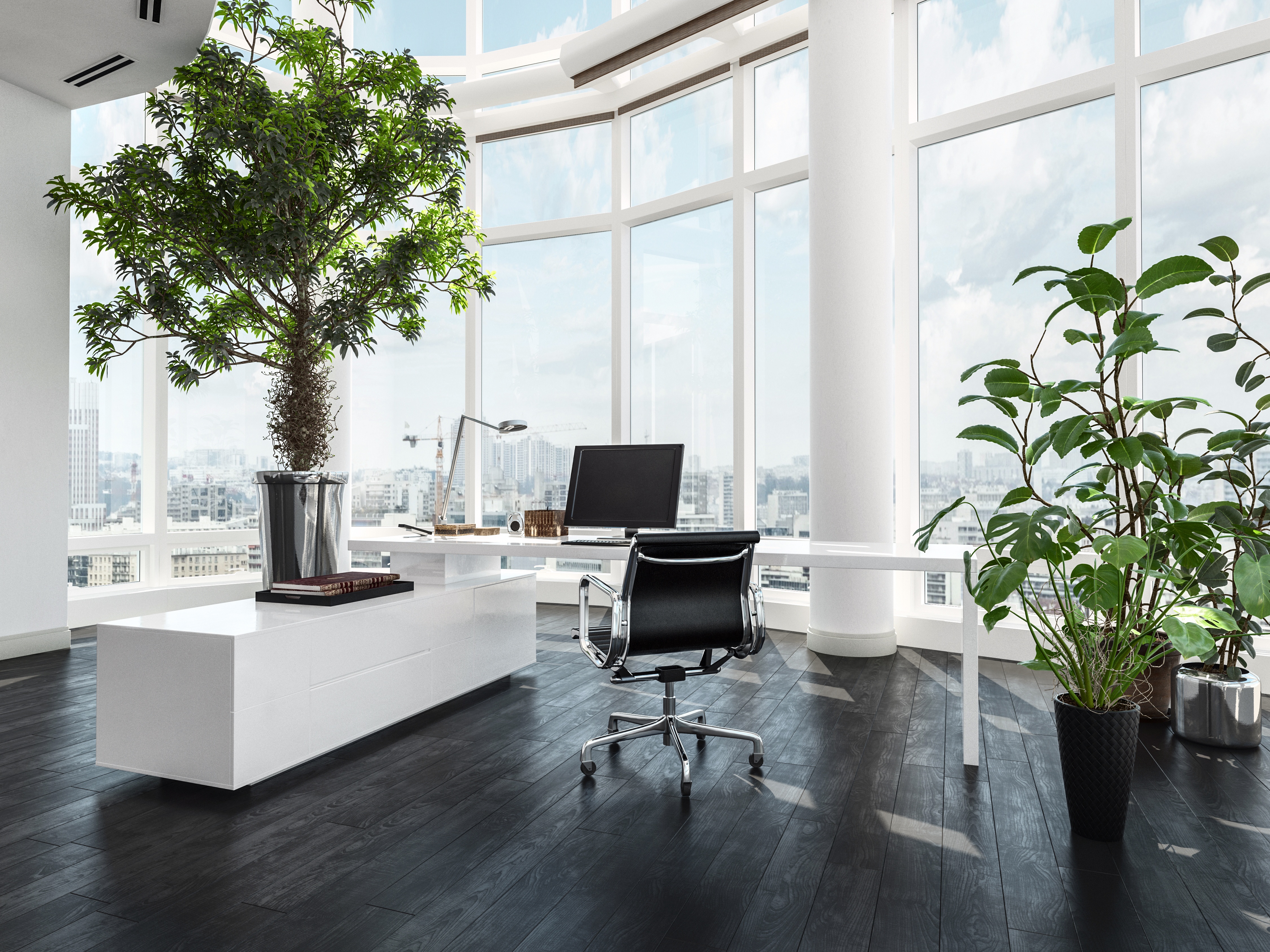Unlike before, it’s now common for companies to look into energy conservation and renewable energy as a way of remaining competitive. While standalone measures such as solar panel installation and hydronic heating are great options, zero energy buildings are a trend taking over the commercial property space.
According to the Office of Renewable Energy and Energy Efficiency, zero energy buildings are those that produce enough renewable energy to meet their own annual consumption requirements. These buildings are, therefore, not just self-sufficient but are also completely independent of non-renewable energy.

Given their increasing prominence, our blog this week dives into all there is to know about zero energy buildings in the commercial landscape. Continue reading for more!
Why are zero energy buildings so important?
At present, buildings account for around 40% of primary energy consumption and emit around the same percentage of greenhouse gas emissions, globally.
Should we continue in this kind of trajectory, it won’t be long before resources become infinitesimal. It is, therefore, of grave importance that renters and owners of large commercial properties take steps to move towards zero energy buildings.
In countries across the world, steps are now being taken to ensure that businesses comply with such demands. For example, legislators in the United States of America and the European Union have recently set targets towards achieving zero energy buildings in the coming decades. In the US, net-zero energy for all new commercial properties needs to be achieved by 2030, while in the EU, nearly zero energy must be in place for all new public buildings and by 2020 for all new buildings.
Design, facilities, and usage of zero energy buildings
When it comes to designing zero energy buildings, thought must be paid to various aspects of a given commercial property.
In this regard, the use of renewable energy systems is arguably the most important factor. Devices like solar panels and heat pumps are, therefore, crucial in this process.
In terms of design, this primarily relates to factors such as building design, siting, and orientation, as well as other considerations relating to how well insulation is maintained through the windows and the roof. Property design alone, however, does not guarantee a zero energy building. Here, it is key that occupants optimise heating, cooling, ventilation, lighting, plug load, and the Building Energy Management System (BEMS), as a whole.
By taking taking careful steps in the design and furnishing process, maintaining a supremely energy-efficient property that serves the needs of occupants and the environment is easier than ever.
Benefits of net zero energy buildings
One of the biggest benefits of zero energy buildings is that they create value for property owners. Beyond improving and maintaining competitive advantage, it also increases the long-term value of a property and mitigates market risk.
These properties also improve the health and wellbeing of occupants and those in the immediate vicinity. This not just enhances the productivity of employees and, ultimately, the output of the company as a whole but also maintains employee satisfaction - a crucial requirement for the success of any commercial venture.
Green energy buildings also save money. Such properties have, in fact, exceeded energy efficiency baselines by around 60-90%. Thus, such offices save money over the lifetime of their equipment, as well as in energy and maintenance costs.
Such properties also gives owners a newfound knowledge on energy conservation practices. This enables them to become more diligent with power consumption and cut down on wastage both at work and at home.
Finally, zero energy buildings also reduce greenhouse gases. Thus, by becoming moving away from fossil fuels and other non-renewable sources of energy, businesses create an environment and future worth living in.
Key takeaways
For commercial entities moving towards sustainability, zero energy buildings are one of the best ways to prepare for an increasingly uncertain future.
By consulting the right professionals, designing a commercial property that is self-sufficient and energy-efficient from the get-go is a move that enjoys constant returns. Cut down on cost, increase competitive advantage, and maintain a healthy and happy workforce today with green projects such as zero energy buildings.

